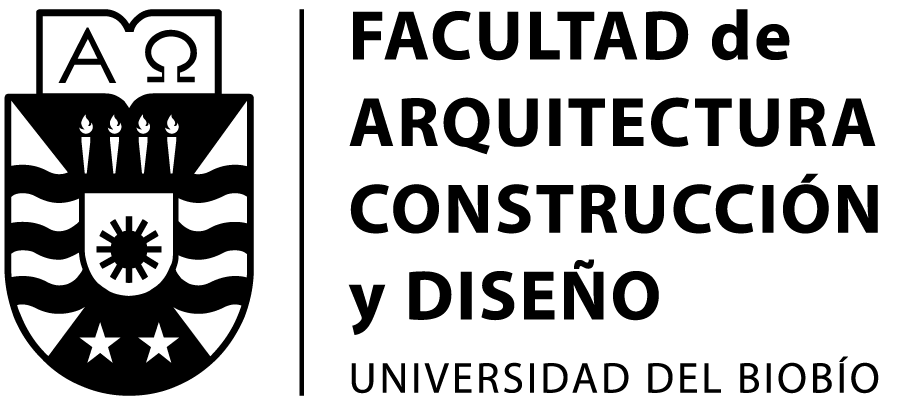Urban metabolism: A system of ecological surplus appropiation. The transformation of the patagonic estepa in architectural bourgeois
Keywords:
urban metabolism, bourgeois architecture, metabolic flux, ecological surplusesAbstract
This paper analyzes the city as an appropriation system of ecological surpluses, establishing a relationship between the Patagonian steppe ecosystem and the beautiful bourgeois architecture of the most prosperous Chilean city of nineteenth-century: Punta Arenas.
This special relationship between society and nature, leave deep traces of complexity in Punta Arenas, and it was metabolically connected with territorial forms of exploitation and appropriation of the steppe ecosystem, the huge pampa which extends from the Andes to the Atlantic Ocean at the southern extreme of America. The Patagonian “coirón” and the bourgeois architecture, are beginning and end of the same production chain, corresponding to the initial and terminal stages of a social process of appropriation of ecological surpluses. As metabolic flux, the surplus is ecologic in its origin, then social in its evolution.
Downloads
Downloads
Published
How to Cite
Issue
Section
License
The content of articles which are published in each edition of Habitat Sustentable, is the exclusive responsibility of the author(s) and does not necessarily represent the thinking or compromise the opinion of University of the Bio-Bio.
The author(s) conserve their copyright and guarantee to the journal, the right of first publication of their work. This will simultaneously be subject to the Creative Commons Recognition License CC BY-SA, which allows others to share-copy, transform or create new materials from this work for non-commercial purposes, as long as they recognize authorship and the first publication in this journal, and its new creations are under a license with the same terms.![]()























